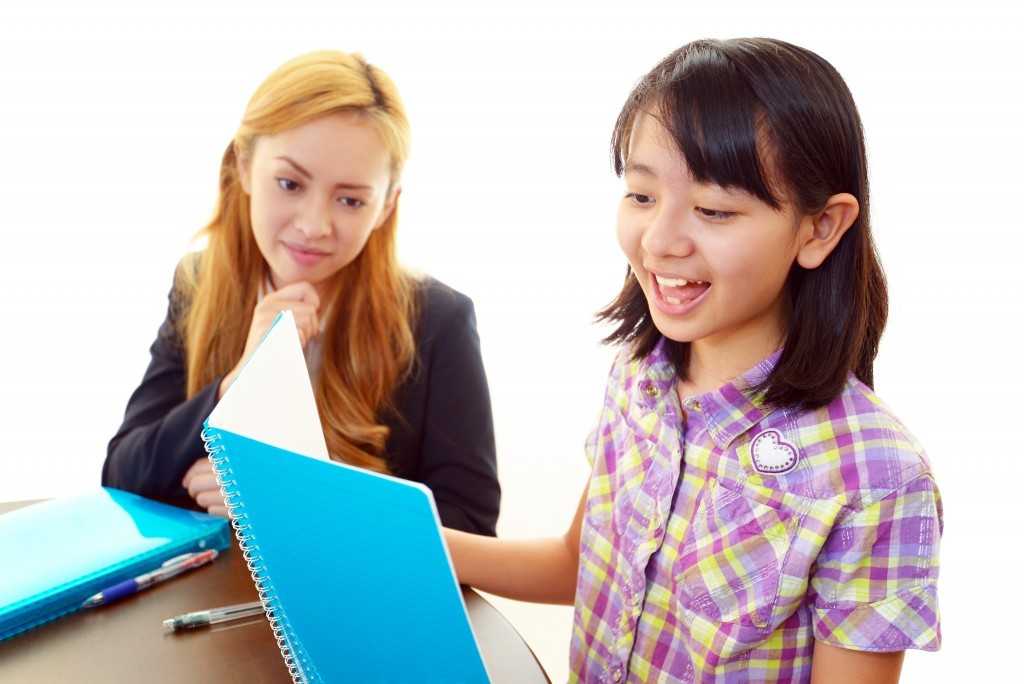 Are you thinking about letting your child learn a second language? Young children still have great cognitive flexibility and their brains are growing at a rapid rate, enabling them to absorb all sorts of information, whether they learn it in school or at home.
Are you thinking about letting your child learn a second language? Young children still have great cognitive flexibility and their brains are growing at a rapid rate, enabling them to absorb all sorts of information, whether they learn it in school or at home.
Bilingual children have certain advantages over monolingual kids. However, some parents still believe the misconceptions about children learning a second language; these myths are untrue.
Cognitive Development in Simultaneous Language Learners
Sisd.ae cites that simultaneous language learners include kids under three years old who hear two languages. An example would be kids who hear English from their parents at home and who hear Spanish, French, German or another language from care providers in kindergarten or an early child development program.
Before six months, simultaneous learners learn two languages at the same rate and have no particular preference. This happens because they create distinct but equally strong language systems in their brain for each language you expose them to. These enable kids to learn multiple languages without confusion.
Once a child reaches six months, he or she starts to notice differences between the two languages and may begin to choose one over the other. Parents must offer the same level of exposure to both languages, because children may stop understanding or drop the vocabulary of the language they do not hear often.
Children who learn two languages simultaneously have greater neural activity and have denser tissue in parts of the brain associated with attention and memory.
Sequential Second Language Learning
Children learn a second language differently. Some do it simultaneously, others sequentially. Sequential learners are kids who become familiar with one language, but then a teacher or parent introduces them to a second one. Unlike their simultaneous learner counterparts, children who learn sequentially may do so at any age, and certain factors such as motivation or temperament may affect their learning capabilities.
Sequential learning goes through four stages, which are:
- Home Language Use
- Silent Period
- Telegraphic and Formulaic Speech
- Productive Language
Parents of bilingual learners must not feel alarmed if their child exhibits any of the mentioned behaviours. These are common in kids who are learning another language. Research reveals that if a child learns a language before 6 or 7 years old, he or she is likely to speak it like a native compared to others who studied the language after these ages.

